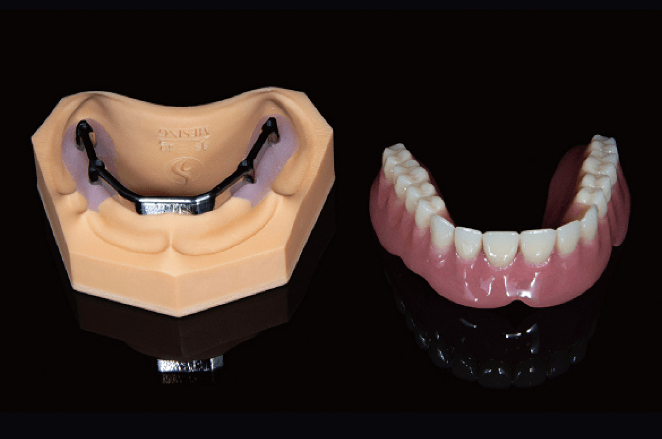Understanding Dental Restoration Process for Optimal Oral Health
Many people suffer from various dental issues at some point in their lives. Whether it is tooth decay, cracks, chips, or missing teeth, dental restoration plays a crucial role in repairing and restoring their oral health. This comprehensive guide will take you through the journey of dental restoration, starting from diagnosis to treatment, ensuring a healthy and beautiful smile.
1. Diagnosis
The first step in dental restoration is a thorough examination and diagnosis by a dentist. During this stage, the dentist will assess the oral health of the patient, looking for signs of decay, damage, or missing teeth. Diagnostic tools such as X-rays, dental impressions, and digital scans may be used to gather accurate information about the condition of the teeth and underlying structures.
2. Treatment Planning
Once the diagnosis is complete, the dentist will develop a treatment plan tailored to the patient's specific needs. The plan will consider factors such as the extent of the dental issue, the patient's overall oral health, and their preferences. This stage involves discussing various treatment options with the patient, including fillings, dental crowns, bridges, implants, or dentures, depending on the severity of the condition.
3. Treatment and Restoration
After the treatment plan is finalized, the dental restoration process begins. This stage may involve multiple appointments and procedures, depending on the complexity of the case. Common procedures include:
Filling: For minor cavities or cracks, a dentist may use dental fillings made of composite resin or amalgam to restore the tooth's functionality and appearance.
Dental Crowns: Severely damaged or weakened teeth may require dental crowns. These custom-made caps cover the entire tooth, providing strength, protection, and aesthetics. The dentist will take impressions and install temporary crowns before fabricating and placing the permanent crown.
Dental Bridges: In cases of missing teeth, dental bridges are an excellent option. They consist of artificial teeth attached to adjacent dental crowns, bridging the gap left by the missing tooth and restoring the patient's ability to eat, speak, and smile confidently.
Dental Implants: For patients with one or more missing teeth, dental implants offer a permanent and natural-looking solution. The process involves surgically placing a titanium implant into the jawbone, followed by attaching a dental crown on top. Dental implants provide stability, durability, and improved chewing functionality.
Dentures: Dentures are removable appliances used to replace multiple missing teeth. They can be complete (replacing all teeth) or partial (replacing some teeth). Dentures are custom-made to fit snugly and comfortably in the patient's mouth, enhancing oral function and aesthetics.
In all these treatment procedures, dentists utilize advanced dental materials and technology to ensure optimal results and patient satisfaction.
Dental restoration is a multi-step process that involves careful diagnosis, treatment planning, and the application of various procedures. It aims to restore oral health, functionality, and aesthetics for individuals facing dental issues. By seeking timely diagnosis and treatment, individuals can regain a confident smile and enjoy improved oral health for years to come.





